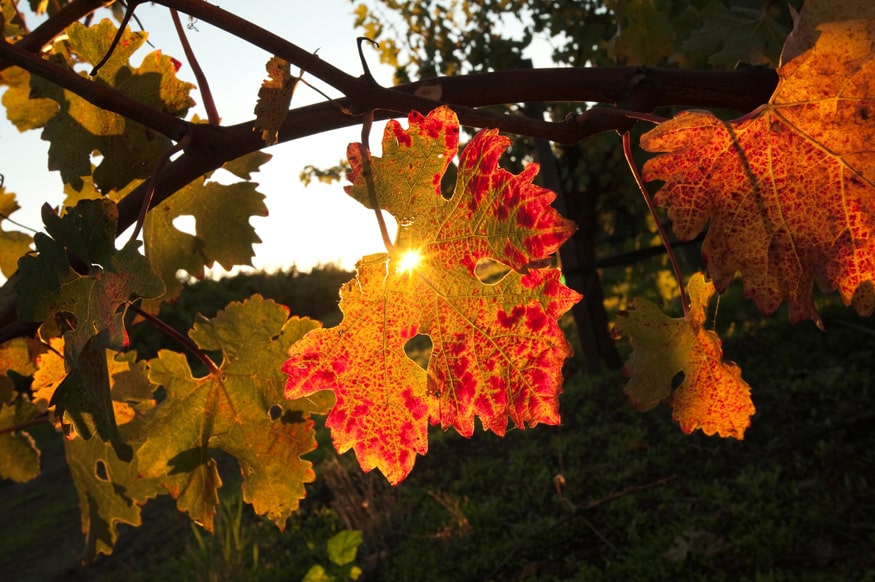September 25, 2018
Leaves are supposed to fall. People aren't: 6 Fall-Prevention Strategies

The fall season brings to mind caramel apples, football, carving pumpkins, cool weather, and the beautiful display of tree foliage changing colors.
September 22, 2018, the first day of fall, marks the annual National Falls Prevention Awareness Day, sponsored by the National Council on Aging (NCOA).
With age, come physical changes and health conditions. Sometimes the medications used to treat those conditions make falls more likely. In fact, falls are a leading cause of injury among older adults.
Every 11 seconds an older adult is seen in an ER for a fall-related injury. Every 19 minutes, an older adult dies from a fall. Many falls are preventable. Stay safe with these simple fall-prevention measures, from the National Council on Aging. Consider these six simple fall-prevention strategies.
1. Keep moving
Physical activity can go a long way toward fall prevention. Consider activities such as walking, water workouts or tai chi - a gentle exercise that involves slow and graceful dance-like movements. Such activities reduce the risk of falls by improving strength, balance, coordination and flexibility.
2. Make an appointment with your doctor
Begin your fall-prevention plan by making an appointment with your doctor. If you avoid physical activity because you're afraid it will make a fall more likely, tell your doctor. He or she may recommend carefully monitored exercise programs or refer you to a physical therapist. The physical therapist can create a custom exercise program aimed at improving your balance, flexibility, muscle strength and gait.
3. Review your medications
Make a list of your prescription and over-the-counter medications and supplements, or bring them with you to the appointment with your doctor. He or she can review your medications for side effects and interactions that may increase your risk of falling. To help with fall prevention, your doctor may consider weaning you off medications that make you tired or affect your thinking, such as sedatives and some types of antidepressants.
4. Check your vision
In the aging eye, less light reaches the retina, which makes it harder to see contrasting edges, tripping hazards, and obstacles.
5. Remove home hazards
Take a look around your home. Your living room, kitchen, bedroom, bathroom, hallways and stairways may be filled with hazards. To make your home safer:
- Remove loose rugs or secure with double-faced tape or a slip-resistant backing.
- Keep your home brightly lit to avoid tripping on hard-to-see objects. Place night lights in your bedroom, bathroom and hallways. Turn on the lights before going up or down stairs.
- Use nonslip mats in your bathtub or shower. Use a bath seat to sit while showering. Install grab bars.
- Consider changing your footwear as part of your fall-prevention plan. High heels, floppy slippers and shoes with slick soles can make you stumble and fall. So can walking in your stocking feet. Instead, wear properly fitting, sturdy shoes with nonskid soles.
- Home care or hospice care providers can provide assistance in evaluating the safety of your home.
6. Falls impact caregivers, too
Caregiving can be a challenging role. If a fall can be prevented, whether it is you as the caregiver, or the person you are caring for, you can save time, stress, and money.
- Research has shown that after a loved one’s first fall, caregivers report a significant increase in caregiver burden, fear of falling, and depression.
- Caregivers want to worry less and keep their loved one safe. Caregivers most commonly want information about keeping their loved one safe at home and about managing their own stress.
Home care or hospice care providers can ease the burden of family caregivers by offering in-home care services to those with chronic or life-changing health care issues.
EveryStep provides care and support to patients, family members and their caregivers through chronic or serious illness, recovery or rehabilitation. Our experienced and compassionate staff can assist family caregivers in understanding the importance of nutrition, exercise, social ties, mental and spiritual health, and how all these things can contribute to well being for individuals of all ages.